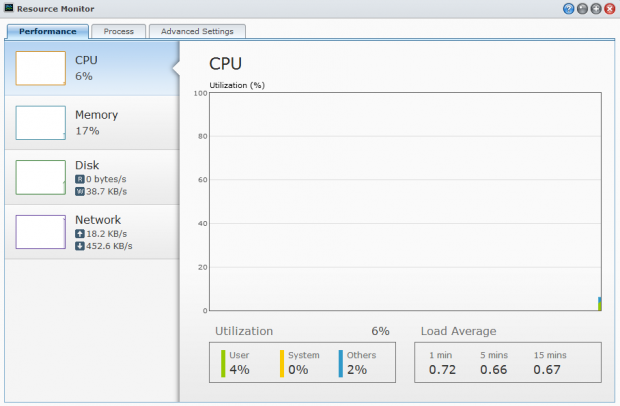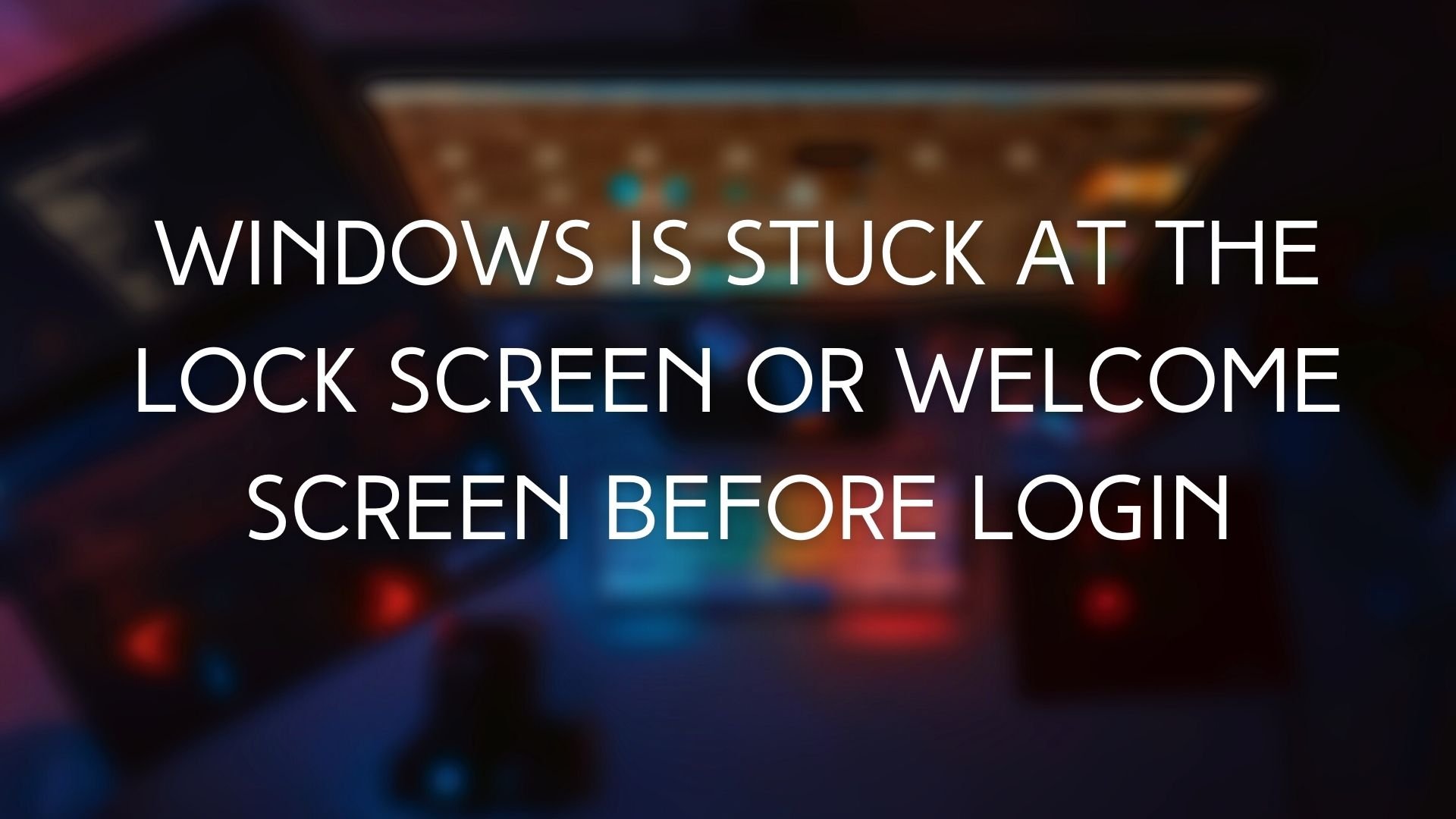

Most of them were friends, friends of friends, or family. Mora-Blanco recalls her teammates were a "mish-mash" of men and women gay and straight slightly tipped toward white, but also Indian, African-American, and Filipino. On the table before them was a single piece of paper, folded in half to show a bullet-point list of instructions: Remove videos of animal abuse. Mora-Blanco sat next to Misty Ewing-Davis, who, having been on the job a few months, counted as an old hand.

Their job? To protect YouTube’s fledgling brand by scrubbing the site of offensive or malicious content that had been flagged by users, or, as Mora-Blanco puts it, "to keep us from becoming a shock site." The founders wanted YouTube to be something new, something better - "a place for everyone" - and not another eBaum’s World, which had already become a repository for explicit pornography and gratuitous violence.

They worked in teams of four to six, some doing day shifts and some night, reviewing videos around the clock. Mora-Blanco’s team - 10 people in total - was dubbed The SQUAD (Safety, Quality, and User Advocacy Department). Mora-Blanco was one of 60-odd twenty-somethings who’d come to work at the still-unprofitable website. It was a warm, sunny morning, and she was sitting at her desk in the company’s office, located above a pizza shop in San Mateo, an idyllic and affluent suburb of San Francisco. This article was reported in partnership with The Investigative Fund at The Nation Institute Maybe, she figured, she could pull in enough money to pursue her lifelong dream: to become a hair stylist. Struggling to make rent and working a post-production job at Current TV, she’d jumped at the chance to work at an internet startup called YouTube. A recent grad of California State University, Chico, Mora-Blanco had majored in art, minored in women’s studies, and spent much of her free time making sculptures from found objects and blown-glass. Julie Mora-Blanco remembers the day, in the summer of 2006, when the reality of her new job sunk in.


 0 kommentar(er)
0 kommentar(er)
